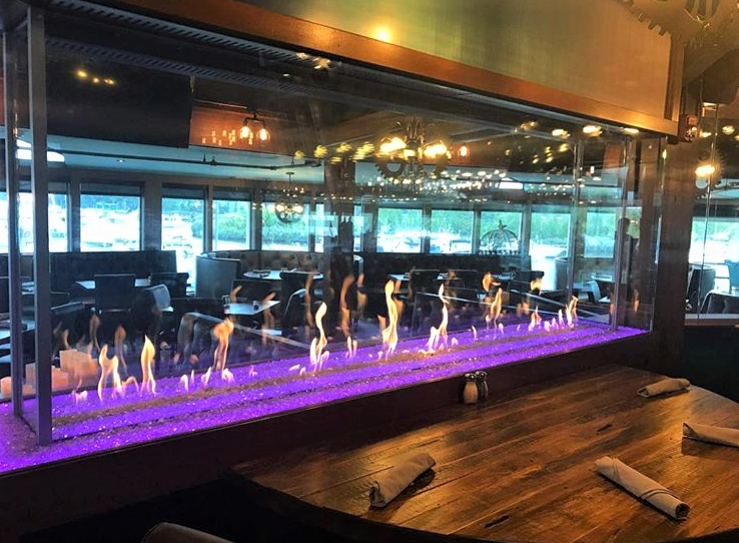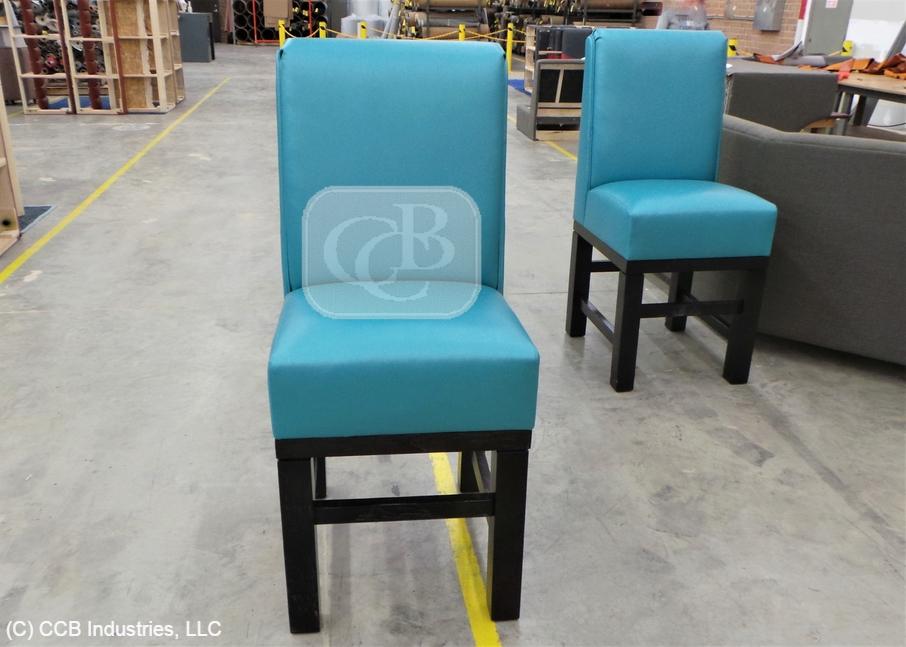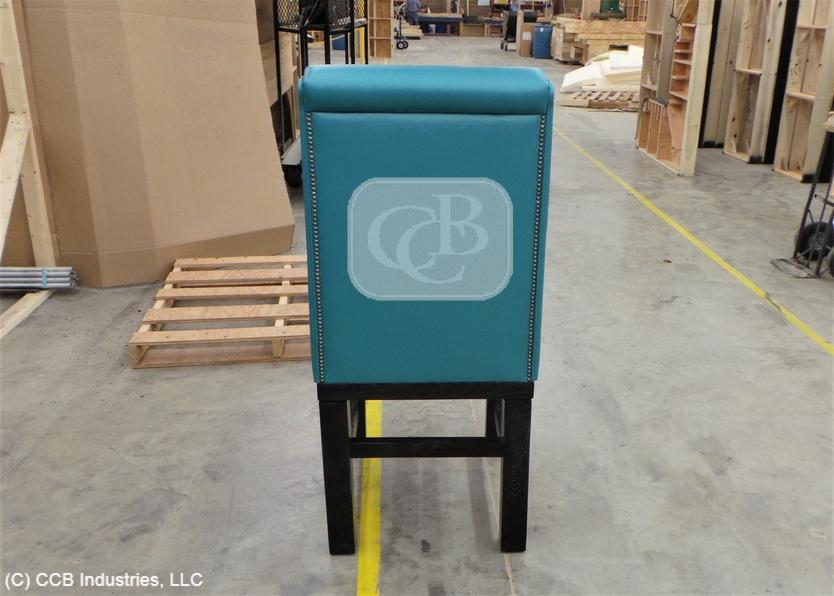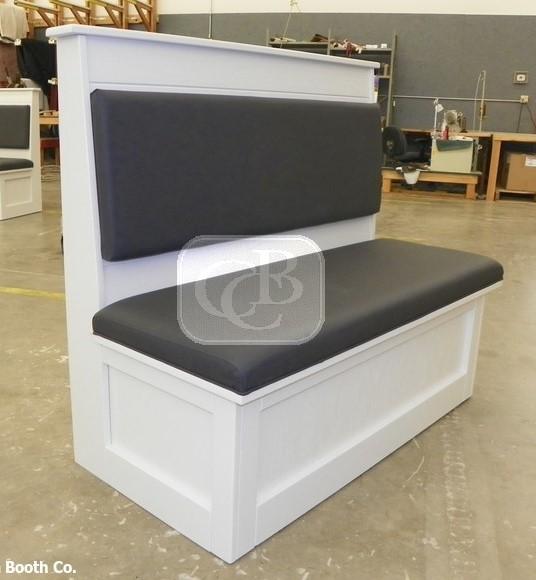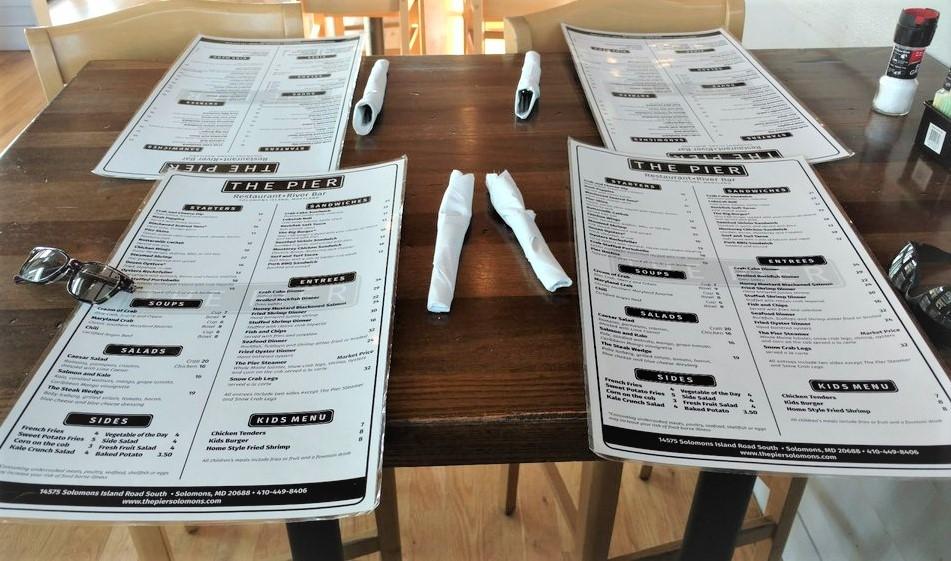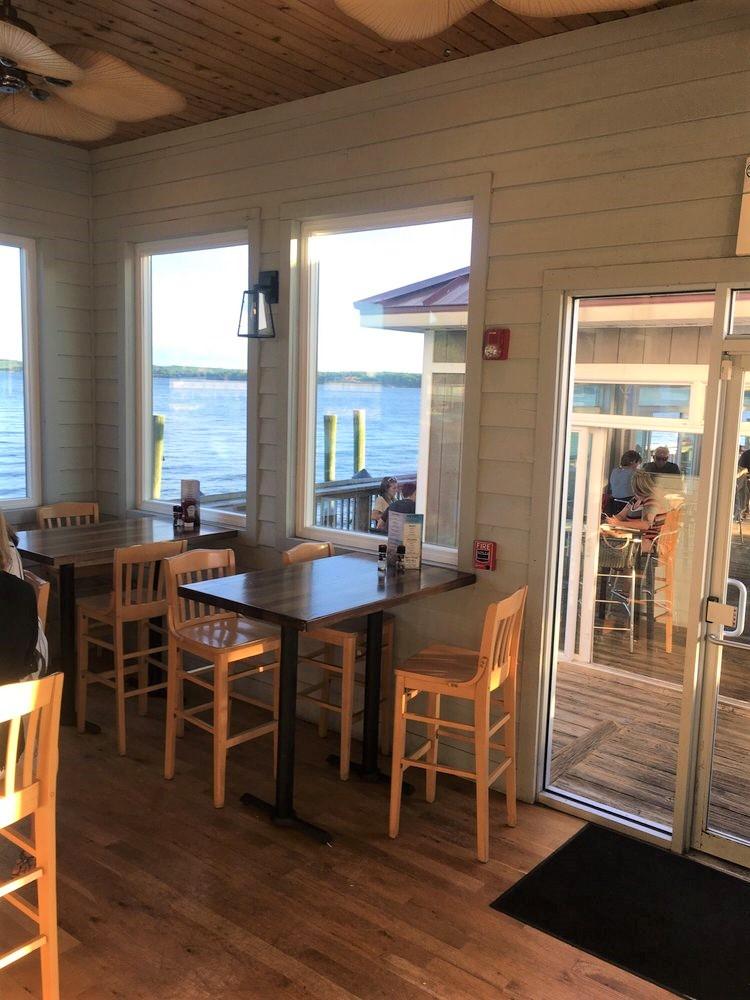Pies, both sweet and savory, will be the top restaurant trend in 2011, a California consultancy predicts.
Andrew Freeman, whose Andrew Freeman & Co. of San Francisco consults on marketing for restaurants and hotels nationwide, detailed some top trends in a webinar Wednesday.
“If I had one trend — one trend — of the year that I could predict, that’s why it’s in the No. 1 position, this would be the trend for pie,” he said. “I think that we’re going to make room for pie shops in the next year.”
He said it follows on the heels of cupcake shops.
Freeman noted that Hill Country Chicken in New York City even sponsors a “Pie Happy Hour” to showcase its wide variety of pies from whiskey-buttermilk to apple-cheddar and more traditional banana and coconut cream pies.
“This is not just sweet pies, this is savory pies, bite-sized pies. They are even blended into milkshakes,” he said. “I’ll eat pie if I don’t get this one right at the end of the year.”
Other trends noted by Freeman included:
• The new mom and pop. Self-financed restaurants built on limited budgets are growing in number. “This is an economic decision,” he said. “There are a lot of people out there who still want to open up restaurants, and it’s a good opportunity to look at real estate in a down economy.” The restaurants are typically small and the owners are extremely involved. Some examples are eVe in Berkeley, Calif., and Sons & Daughters in San Francisco.
• One-ingredient restaurants. “Restaurateurs are taking one ingredient and building full restaurants around them,” Freeman said. Following on the several-year trend of gourmet burgers, the trend is extending to grilled cheese sandwiches, hot dogs and sliders. “We’re predicting perhaps a peanut butter restaurant next or a big biscuit restaurant,” he said.
• Mini plates. “Small plates were the big buzz word over the last couple of years,” Freeman said. “This year mini is the new buzz word. Mini everything: mini portions, mini desserts.” The reason, he said, is it fits into tighter budgets. “Everybody wants a little more of everything. Our sense of wanting to be satisfied and fulfilled and experience as much as possible is really, really key.”
• Multi-purpose spaces. Eataly in New York is an example. “We are going to see markets opening in the corners of restaurants,” he said.
• Minimal menus. “A couple of years ago, we found a lot of people were getting very wordy and descriptive in their jargon on their menus,” Freeman said. Eleven Madison Park in New York focuses on ingredients.
• Dirt. Abandoning sauces, some chefs are turning to dried, crumbled, powdered ingredients to add texture and flavor. Noma in Copenhagen, Denmark, offers radishes with toasted-malt “dirt.” Such a technique may be used by chef Dominique Crenn, who plans to open a restaurant in San Francisco in January.
• Hearth-healthy. Wood-fired ovens will be used to roast vegetables and larger cuts of meat and whole animals.
• Hot dogs and sausage shops. Examples include Brats Dogs & Wieners in New York. “They are moving from stands into restaurants,” Freeman said.
• Vegetables. “There are even restaurants that are going meatless Mondays,” Freeman said. “The reason is the celebration of gardens and farms and relationships with farmers.”
• Fried vegetables. Once-obscure vegetables are getting the crisp treatment with such items as fried Brussels sprouts, fried cauliflower and turnip chips.
• Soft-serve. Chefs are using soft-serve ice cream machines to produce savory flavors as well as more exotic flavors, such as the coconut-water soft serve with brownie bites at Belly Shack in Chicago.
• High-end junk food. “I feel like that munchies we grew up on are going to show up with interpretations done by chefs in really the most unique ways,” Freeman said, suggesting house-made Cheetos, Bugles, Slim Jims and jerky.
• Popsicles. Similar to the soft-serve trend, iced treats are showing up in flavors such as sugar-snap pea.
• Yogurt. It will show up as sun-dried, freeze-dried, smoked and pressed and in imported variations such as skyr from Iceland and labne from Lebanon.
• Swede inspiration. As a trend-influencing region, the Scandinavian countries are now invading U.S. menus.
• Breads. “Chefs are doing signature breads that they are serving as if they were a course,” Freeman said, citing the Popovers at Wayfare Tavern in San Francisco.
• Bellies. Goat and lamb belly are showing up on menus as pork-belly prices rise, producing such dishes as the lamb-belly watercress BLT at the Lonesome Dove in Fort Worth, Texas.
As far as popular ingredients go, Freeman suggests more influence by:
1) Neck. Lamb, beef, goat and pork neck.
2) Whey. In salads and sauces.
3) Kumquats. In salads, relishes and desserts.
4) Pimento cheese. Smooth, spreadable, spicy and nostalgic.
5) Smoking. Smoked olive oil, cumin and butter.
6) Hay. Used for roasting and smoking, such as the leeks roasted on hay at Castagna Restaurant in Portland, Ore.
7) Hummus. In sauces, spreads and ingredients.
8) Popcorn. In various courses, such as the popcorn ice cream at Carneros Bistro & Wine Bar in Sonoma, Calif.
9) Pretzels. Pretzel sticks and used as a crust, like in the pretzel-bit-covered crab cake at David Burke Townhouse in New York.
10) Honey. Chefs are developing partnerships with local beekeepers for use in sauces and dressings.
Article written by
Read more: http://www.nrn.com/article/pies-top-2011-restaurant-trend-list#ixzz1CvMgpKLL













